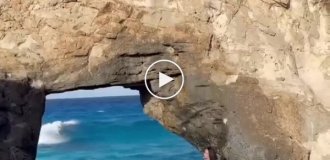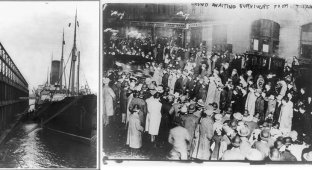The Titanic was considered unsinkable, but on its first voyage it hit an iceberg and sank. Approximately 1,500 people died. Since then, the wreckage of the giant ship lies on the bottom of the North Atlantic at a depth of 3,800 m.
Scientists have managed to create the most accurate map so far of the site of the tragedy that happened on April 14, 1912. Some took about 130,000 photographs and recordings of sound waves. Usually the grave of the famous cruise ship is in complete darkness.
Computer model of the Titanic wreck

The images were taken in 2010 from two remotely controlled submarines. The Titanic and the seabed were filmed and measured using sound waves. Particular attention was paid to the piles of debris. Oceanographers from the Woods Hole Oceanographic Institution in the US state of Massachusetts and the American meteorological service NOAA provided support to the researchers. Now the History Channel television company will present the results to the public.

Images of an 8-by-5-kilometer section of the seafloor show what happened on an April night 100 years ago, says Paul-Henry Nargeolet, the expedition's leader. Tracks on the bottom, for example, prove that the ship's stern rotated as it sank, like the back of a helicopter.

Also at the bottom are five large steam boilers, a hatch, a revolving door, a piece of ship's hull weighing 49 tons, and other items that apparently sank to the bottom upon impact. Now computer simulations, based on photographs, are expected to show the exact course of events during this historic disaster. Perhaps new data will be obtained about defects in the design of this huge ship, which was considered a miracle of technology







Map of the Titanic wreck




























